 CAPE CANAVERAL, Fla.-Scientists are keeping a close eye on orbital debris created when two communications satellites-one American, the other Russian-smashed into each other hundreds of miles above the Earth.NASA said it will take weeks to determine the full magnitude of the unprecedented crash and whether any other satellites or even the Hubble Space Telescope are threatened.The collision, which occurred nearly 500 miles over Siberia on Tuesday, was the first high-speed impact between two intact spacecraft, NASA officials said."We knew this was going to happen eventually," said Mark Matney, an orbital debris scientist at Johnson Space Center in Houston.NASA believes any risk to the international space station and its three astronauts is low.It orbits about 270 miles below the collision course.A spokesman for the Russian civilian space agency Roscosmos, Alexander Vorobyev, said on state-controlled Channel I television that "for the international space station, at this time and in the near future, there's no threat."There also should be no danger to the space shuttle set to launch with seven astronauts on Feb. 22, officials said, but that will be re-evaluated in the coming days.Nicholas Johnson, an orbital debris expert at the Houston space center, said the risk of damage from Tuesday's collision is greater for the Hubble Space Telescope and Earth-observing satellites, which are in higher orbit and nearer the debris field.The collision involved an Iridium commercial satellite, which was launched in 1997, and a Russian satellite launched in 1993 and believed to be nonfunctioning. The Russian satellite was out of control, Matney said....
CAPE CANAVERAL, Fla.-Scientists are keeping a close eye on orbital debris created when two communications satellites-one American, the other Russian-smashed into each other hundreds of miles above the Earth.NASA said it will take weeks to determine the full magnitude of the unprecedented crash and whether any other satellites or even the Hubble Space Telescope are threatened.The collision, which occurred nearly 500 miles over Siberia on Tuesday, was the first high-speed impact between two intact spacecraft, NASA officials said."We knew this was going to happen eventually," said Mark Matney, an orbital debris scientist at Johnson Space Center in Houston.NASA believes any risk to the international space station and its three astronauts is low.It orbits about 270 miles below the collision course.A spokesman for the Russian civilian space agency Roscosmos, Alexander Vorobyev, said on state-controlled Channel I television that "for the international space station, at this time and in the near future, there's no threat."There also should be no danger to the space shuttle set to launch with seven astronauts on Feb. 22, officials said, but that will be re-evaluated in the coming days.Nicholas Johnson, an orbital debris expert at the Houston space center, said the risk of damage from Tuesday's collision is greater for the Hubble Space Telescope and Earth-observing satellites, which are in higher orbit and nearer the debris field.The collision involved an Iridium commercial satellite, which was launched in 1997, and a Russian satellite launched in 1993 and believed to be nonfunctioning. The Russian satellite was out of control, Matney said....By MARCIA DUNN
AP science writer Seth Borenstein in Washington and AP technology writer Peter Svensson in New York contributed to this report.
On the Net:
NASA: http://www.nasa.gov/
On the Net:
NASA: http://www.nasa.gov/
To read more go to:
As in the days of Noah...









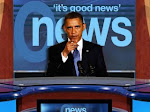

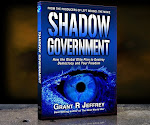
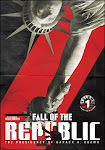


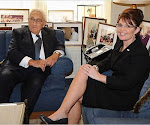


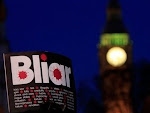
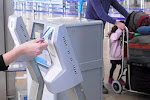










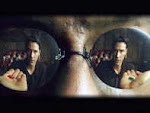

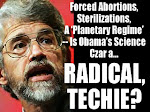
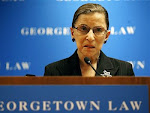


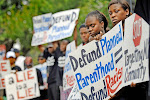
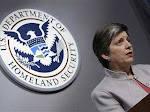
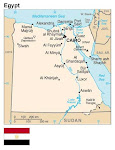


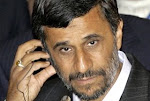
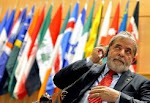

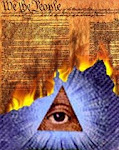


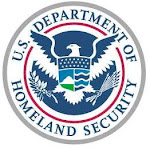






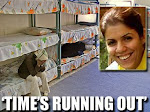







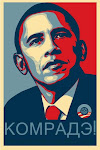
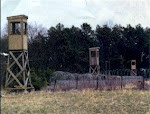





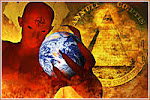



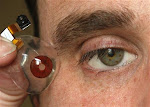





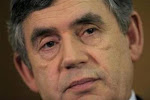

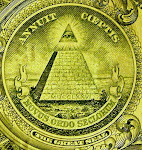
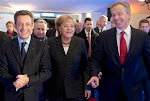



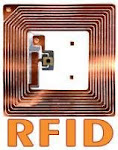.bmp)


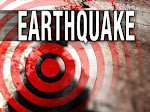
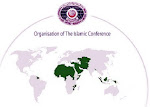




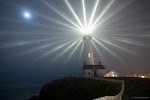

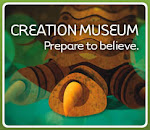
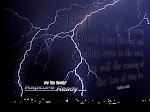
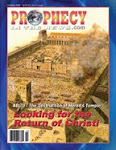












.bmp)